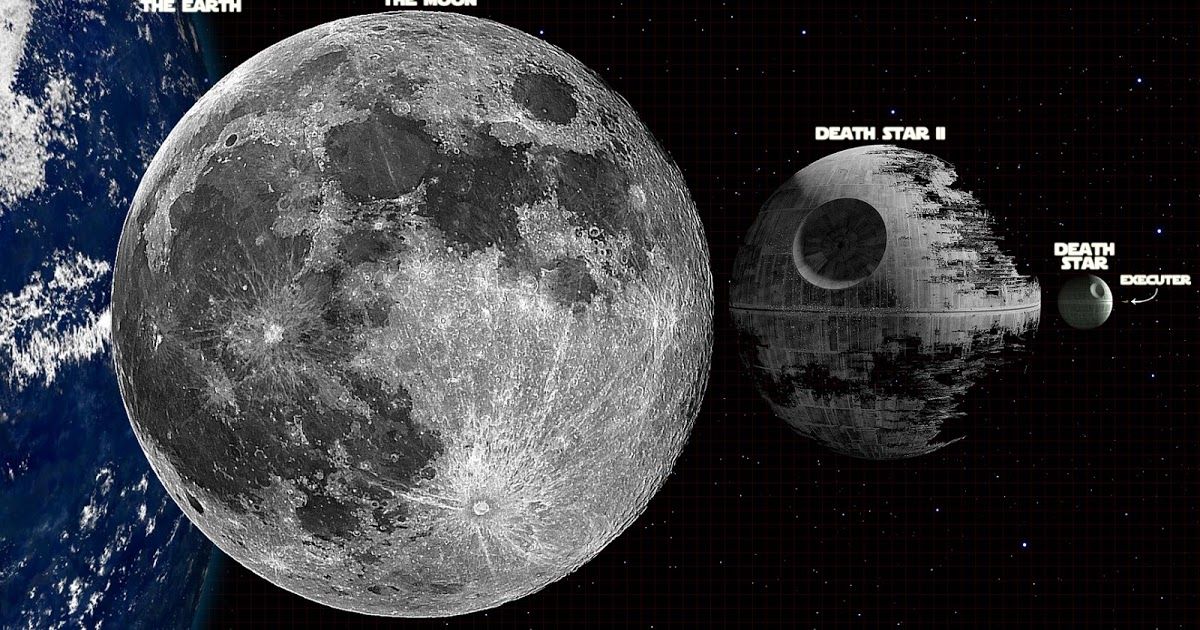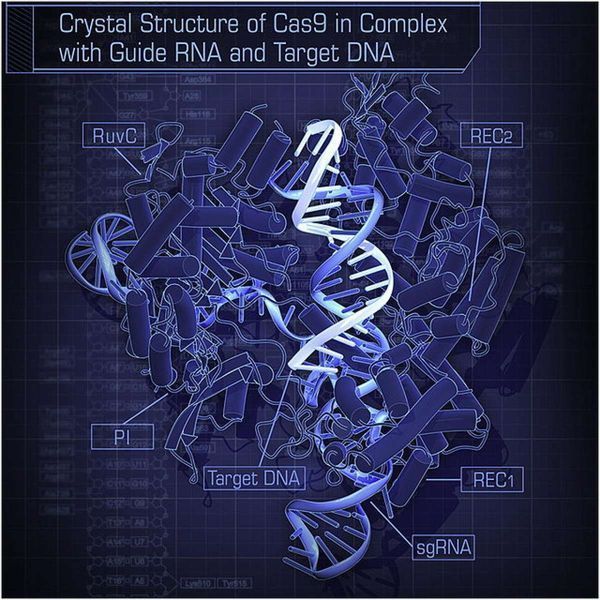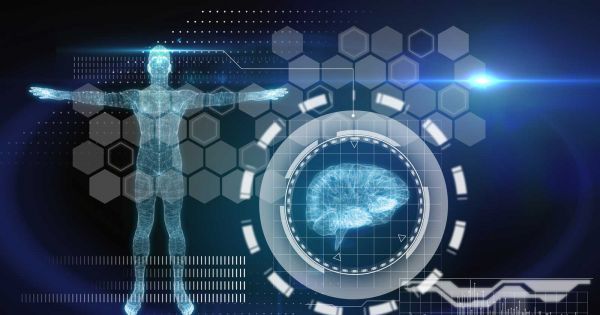Wolf 1061c is just a few blocks away, cosmically speaking, and alien seekers have begun a long-term campaign to look for signs of life there.



I never heard of this sort of making bubbles. And the details given are slim. Anyone here of this?
The first Death Star had a diameter of between 140 and 160 kilometers. The second Death Star’s diameter ranged from 160 to 900 kilometers.
There are two near term technologies which could be applied to making Death Star sized structures:
1. Space bubbles
2. Robotic spiderfab construction
Giant Space Bubbles
Tech Correspondent Samuel Burke sits down with Microsoft CEO Satya Nadella to discuss the company’s plans for its digital assistant Cortana.
Nice and will be very useful for many in QC.
Scotland-based route optimization specialist Route Monkey, a unit of telematics and big data company Trakm8, is working on a new generation of transport and mobility algorithms for quantum computers.
Route Monkey already works with Heriot-Watt University in Edinburgh on creating and enhancing innovative algorithms for transport and travel (earlier post). The two are now joining forces with the Networked Quantum Information Technologies Hub (NQIT), led by the University of Oxford. Together, the three organizations will develop, test and commercialize quantum algorithms.
The leap forward in the capabilities offered by quantum computing opens up a whole new field. We can create algorithms that deliver even faster and more accurate answers, to ever more complex transport and mobility challenges.
—Colin Ferguson, Trakm8 Group’s Managing Director of Fleet and Optimization.

In Brief:
Imagine the conflicted feelings of the machine learning expert who is creating artificial intelligence (AI) that they know will one day, possibly very soon, be able to create better AI than them. It’s the new age’s way of holding on to the time-honored tradition of having to train your own replacement. Machine learning experts are currently being paid a premium wage due to their limited numbers and the high demand for their valuable skills. However, with the dawn of software that is “learning to learn,” those days may be numbered.

This is, in my opinion, the real point of rebutting objections to rejuvenation.
If you’ve hung around here long enough, you probably know I have two pet peeves: ageing and money. If we assume the saying ‘Only two things are certain in life: death and taxes’ is true, then we’re forced to conclude that I advocate for the (indirect) elimination of the only two certainties in life. So, if you came here looking for certainties, I’m afraid you’re in the wrong place.
I’m (mostly) not joking. Lately I’ve been working a lot on the Answers to objections section, which together with a few discussions I’ve had on the Internet, got me thinking about the point of rebutting objections to rejuvenation. Generally, when I discuss the subject with somebody who’s not at all sold on the idea of rejuvenating people, I get the feeling they expect me to prove beyond doubt that nothing can possibly go wrong, either along the way between here and an ageless world or once that world has been reached. If my feeling is correct, opposers to rejuvenation may expect that my rebuttals are meant to prove that neither a post-ageing world, nor the journey to it, will present any problems or challenges.
This expectation is utterly unrealistic. It’s actually worse than that—it’s completely wrong. There’s no way in hell I (or anyone else) could guarantee that we won’t have a dictator ruling a nation for six centuries, or that environmental problems won’t be exacerbated, etc. The reason I can’t promise none of the above will happen is the very same reason why rejuvenation opposers can’t promise any of the above will happen: Nobody can actually predict the future.
Virtual Reality is not a new technology, it’s been around in various forms for decades, but enthusiasts believe it’s now on the cusp of a golden age. Driven by an increase in research money and significant advances in picture resolution and technical functionality, interest in the potential of VR is going well beyond the games and entertainment industry. The pairing of these developments with an exponential growth in certain technology sectors evokes scenarios of the future taken from the pages of sci-fi literature. VR pioneer Cosmo Scharf will paint his vision of our shared future.
More information on http://www.tedxvienna.at
Cosmo Scharf co-founded VRLA, the world’s largest virtual reality expo, the Proto Awards, the first award show for VR, and Visionary VR, a start-up building software for storytelling in VR.
This talk was given at a TEDx event using the TED conference format but independently organized by a local community.


In Brief The success of this work will help healthcare professionals diagnose more accurately and efficiently, and it will allow for more diagnostic care in areas with limited healthcare services and providers.
In early August, IBM announced that it will acquire Merge Healthcare Inc., a company that sells systems that help medical professionals access and store medical images. This move is a critical step in IBM’s plan to put AI to work medically by training its Watson software to identify maladies like heart disease and cancer.
Merge is valuable to IBM because it owns 30 billion images, including computerized tomography, X-rays, and magnetic-resonance-imaging scans. The company can use these images in its deep learning training program. IBM is hoping that the same kind of software that lets Flickr recognize your face or a dog in your photos can help Watson identify symptoms of diseases.
